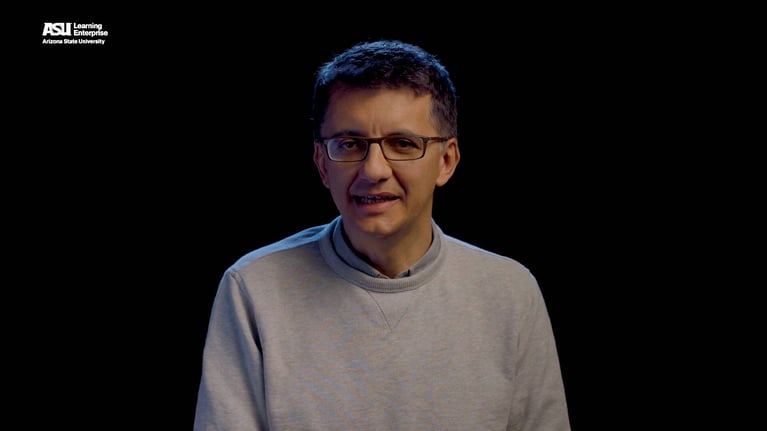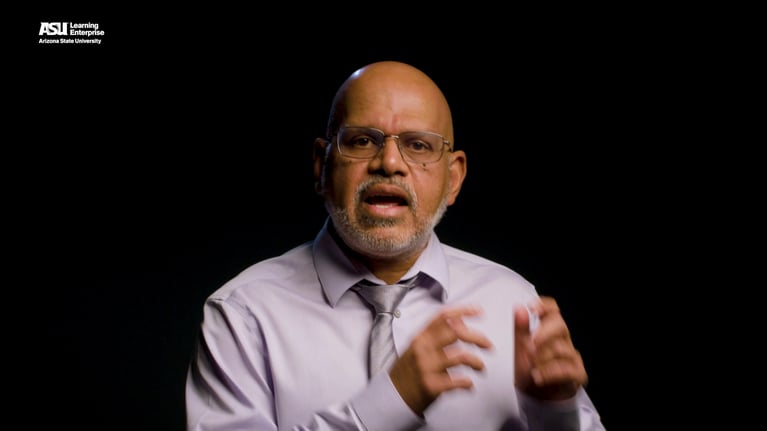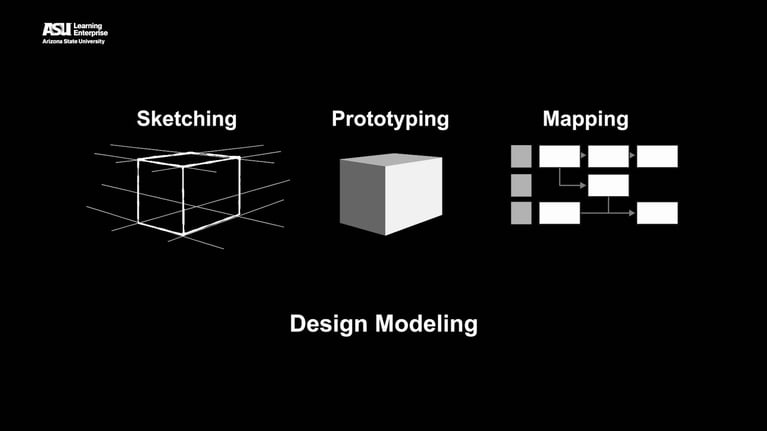Designing for justice is important to ensuring that certain groups are not privileged and that unequal benefits are not created. Future practices tend to preserve the status quo and benefit the privileged, hindering just futures. Speculative design focuses on dystopian futures rather than preferable ones. Co-design involving less powerful stakeholders is seen as a good intention but may have unintended consequences. Design for justice - anticipatory justice - involves considering future implications of designs to create preferred consequences for all.
In future studies, a popular framing is to consider probable futures and anticipate what is likely to happen so they can make decisions today. Designers are more interested in preferred futures and sometimes those futures are not probable; sometimes designed futures are not even possible. A pitfall in design practice is that often preferred design futures only benefit privileged groups. For example, cities design wider and bigger highways which are preferred futures for most people who have cars; yet underserved people receive fewer benefits.
Indeed, there are a lot of unintended consequences that stem from any design artifact. Designing for justice means addressing these unequal benefits and burdens of design. And to achieve this, designers need to consider the longer-term futures and political implications of design practice.
Future practices can offer tools or approaches for just design practice. However, most future practices are about understanding probable and plausible futures. The goal is to anticipate the future and make strategic decisions to have a competitive advantage. Future practices preserve the status quo, exploit possible opportunities, and reduce decision-making risks. In this sense, future practices also benefit the privileged and could be a barrier to just futures because existing injustices tend to be sustained and reproduced.
Then, how could all consequences of design be desirable? How do we combine design and futures for more just practice? We may consider a speculative design, which is about creating fictional artifacts. Unfortunately, speculative design practices are more focused on dystopian futures with the goal of provoking social debate rather than creating preferable futures. In fact, speculative designs exploit the fears of the privilege to gain attention; and transformations for a better future remain unclear.
The design community has discussed co-design as an alternative to imagining preferred futures by involving people with less power. This is a good intention, but stakeholders and participants that are not able to anticipate future scenarios may also create unintended consequences that harm others. To really achieve justice with co-design, designers, and stakeholders must be committed in the long term.
My proposal to achieve design for justice consists of engaging in anticipation after co-designing and before design implementation. When co-design teams prototype proposals they can engage in futures research, critique prototypes in the future, and then anticipate the harms and benefits of the prototype. This is a more nuanced anticipation practice because the main source of insight about the future is the prototype itself; the prototype becomes at least temporarily for evaluation and critique, the only certain evidence of the future.
Anticipatory justice in design would be about asking questions like: how the prototype will be enacted according to different signals or trends in the future? Who does the prototype benefit or harm in the future? What are the political implications of this prototype in the future? This question can help to create preferred consequences for all people.
To make just futures, designers speculate to generate proposals and anticipate to make sure those proposals will not harm people and the planet in the future.


